The megaherds of Mababe
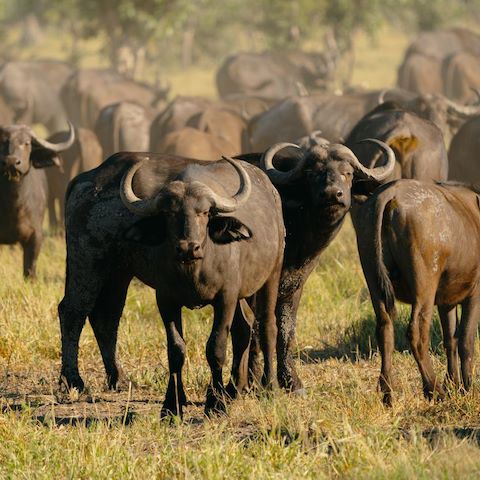
The sound of hooves on the earth. Low grunts of communication. A cloud of dust, catching the afternoon light. Few wildlife experiences compare to the sight of a buffalo herd, stretching endlessly across the horizon.
In northeastern Botswana lies the Mababe Depression, a geological basin that transforms into an extraordinary wildlife haven during the rainy season. Known for its sweeping vistas and diverse ecosystems, the depression is most famous for hosting some of the largest herds of African buffalo in the country. These iconic ungulates, often numbering in the thousands, dominate the landscape in certain seasons—an extraordinary spectacle for visitors and a vital resource for the ecosystem.
A natural buffalo haven
Situated between two national parks, Mababe enjoys a prime location on the eastern edge of the Okavango Delta and the renowned Moremi Game Reserve, just south of Chobe National Park. Here, nutrient-rich grasses thrive thanks to a steady water supply from the Mababe River and the Okavango waters that drain into the Mababe wetland. This sustains a remarkable ecosystem teeming with vast herds, abundant predators, and a rich diversity of birdlife. Each year, the marsh is replenished by seasonal inflows, drawing in wildlife from all directions in search of this vital resource.
“This is an entirely unique area. This ecosystem functions in much the same way the famed Savuti Marsh worked; where the marsh tends to ebb and flow in time with the Okavango Delta’s inundation. Epic herds of buffalo and elephant congregate along the edges of the marsh and grow in number as the dry season continues”, explains Craig Glatthaar, Head of Sales: Americas.
Craig has spent time in Mababe over the years, captivated by this wild, curious landscape.
“The area is well known as one of the prime areas for volumes of big game, especially in the grasslands to the north. There is anecdotal evidence that the largest super herd of buffalo on the continent, a few thousand in number, congregates here in the dry season”, says Craig.
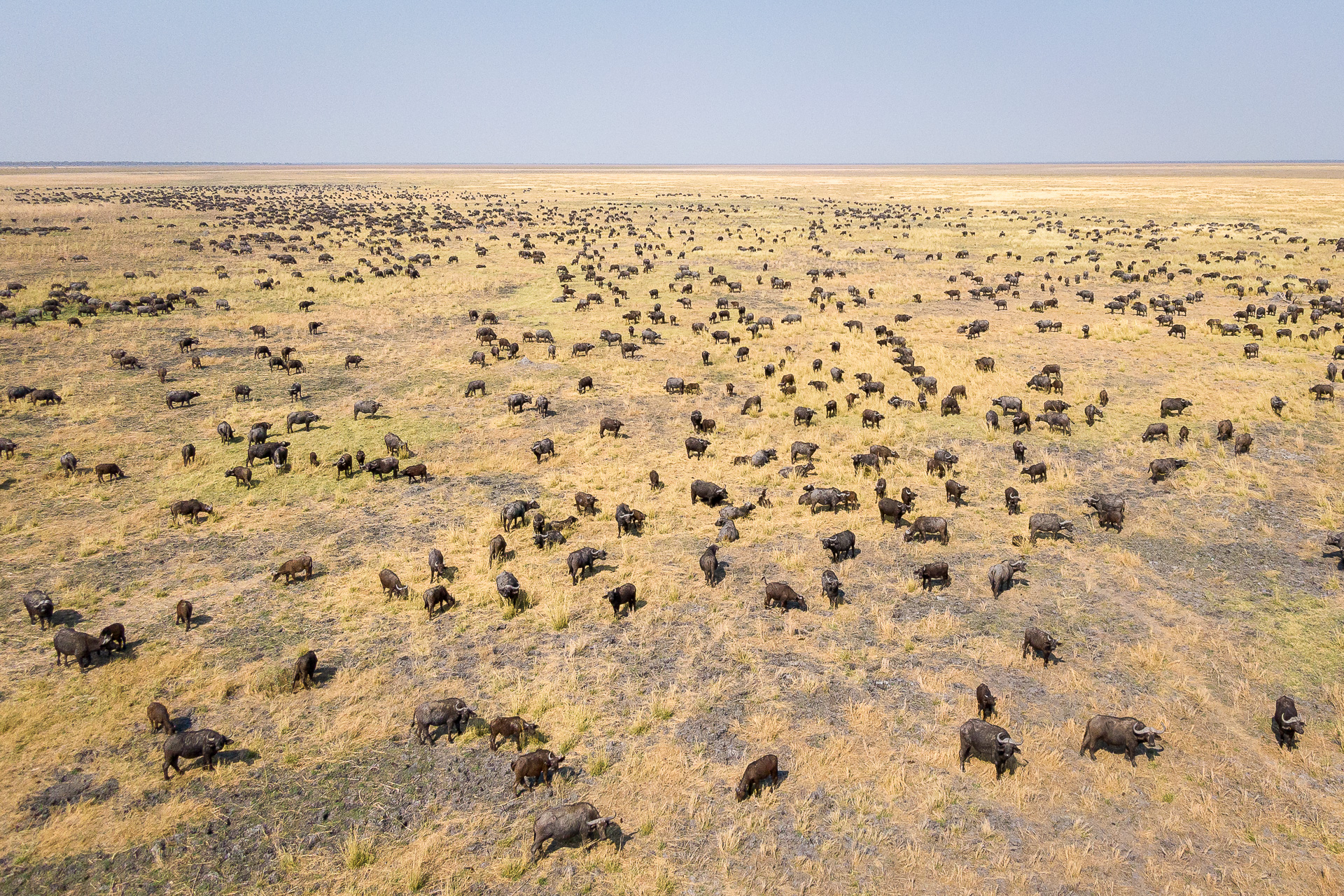
Why Mababe? The perfect habitat
The Mababe River supported a substantial wetland in the depression during the second half of the 19th century. The river reached the Mababe Depression in 1910 before drying up. It then later reached the depression again in 1925 and again in the late 1950s and late 1970s. In 2007, the Mababe River started flowing again, creating a wetland in the southern part of the depression. Today, that wetland covers a surface area of nearly 6,000 acres (2,400 ha) of marsh, with huge grassland plains to the north of the marsh.
“Consider the value of a series of converging habitats, from mopane woodland that meets grassland that meets marsh; these are the ingredients for a great diversity of wildlife”, explains Craig.
Though buffalo are fairly adaptable, the Mababe Depression offers the perfect mix of resources to sustain their immense numbers.
“The marsh acts as the perennial water source that buffalo require. The soil conditions in Mababe are exceptional in mineral value and support big herds of game; the soil is a phosphorus and calcium-rich clay that feeds Chloris, Cenchrus, and Digitaria grasses, making them particularly palatable and nutritious”, says Craig.
The ecological role of buffalo
The massive herds of buffalo in the Mababe Depression are more than a spectacle—they play a crucial role in shaping the ecosystem. As grazers, buffalo influence vegetation dynamics, preventing bush encroachment and promoting the growth of grasses that other herbivores depend on. Their movement across the landscape creates pathways and disperses seeds, aiding in habitat renewal.
Buffalo are also, unsurprisingly, a key prey species for predators. Lions, in particular, target buffalo due to their size and abundance. Interactions between lions and buffalo in Mababe are dramatic; epic battles unfold as these formidable animals defend themselves with sheer strength and sharp horns.
The spectacle of the herds
Buffalo are social animals, moving in herds of varying sizes. Congregating in large herds is one of their many anti-predator adaptations; large herds decrease the possibility of any individual being singled out by lions.
“Buffalo are not highly territorial and form loose herd structures. This plasticity in congregations aids the formation of super-herds that are unique in terms of size in Mababe”, explains Craig.

These herds, sometimes exceeding 1,000 individuals, include cows, calves, and young bulls. Older, solitary bulls—often referred to as "dagga boys"—are a common sight on the outskirts, preferring solitude but never straying too far from water and food sources.
The synchronised movement of these herds is a marvel of instinct and coordination. Despite their size and numbers, buffalo navigate their environment with remarkable efficiency, adapting to changing conditions and predator threats.
A safari in the Mababe Depression
Wildlife viewing in Mababe is unique. Large buffalo herds support large lion prides, and in open landscapes, predator-prey dynamics play out often in Mababe during the dry season.
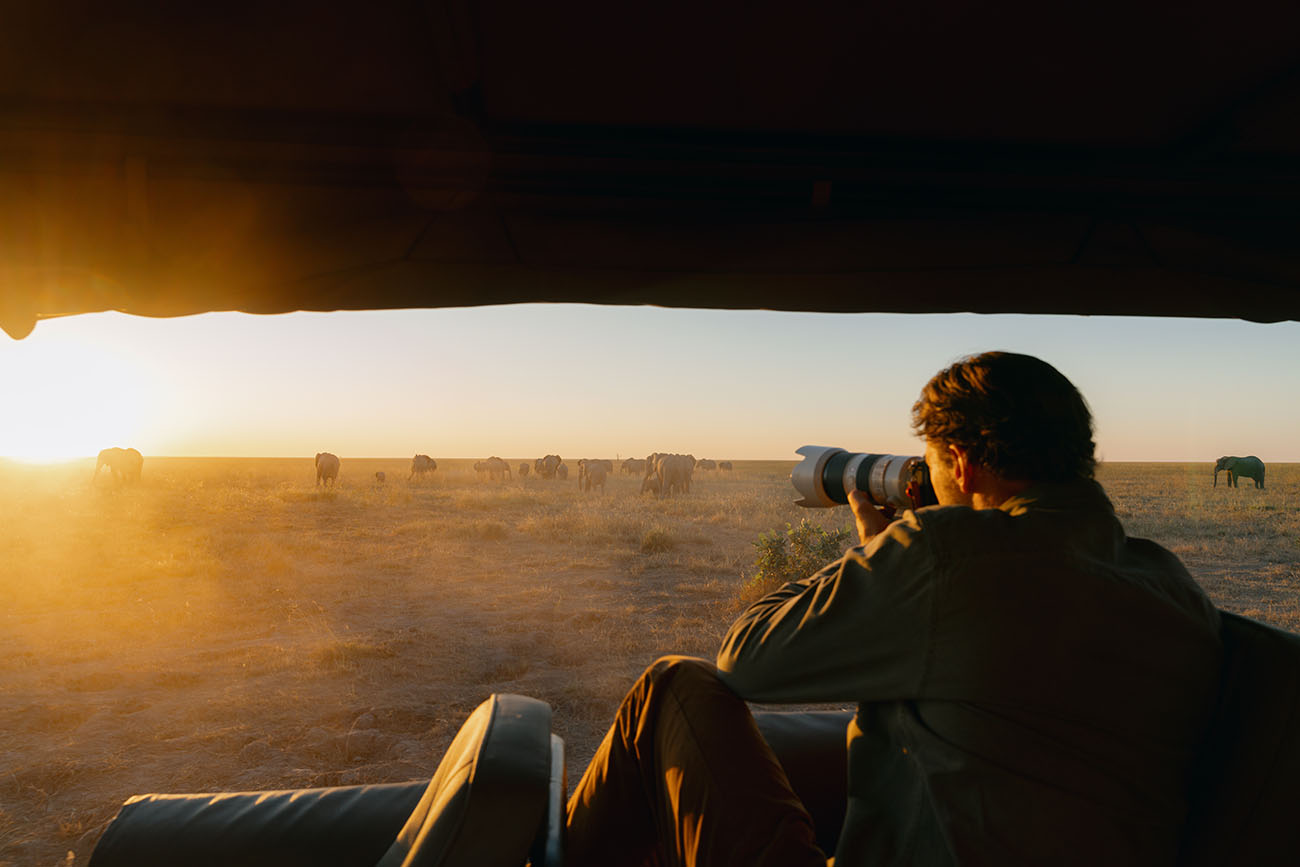
“As the dry season pushes into September and October, food availability becomes the real challenge for browsers and grazers. Even the elephants struggle, and large lion prides take advantage, targeting not only buffalo but even juvenile elephant. It can be extremely emotional wildlife viewing in the late dry season, but photographically it is hard to beat”, explains Craig.
A good time to visit Mababe for buffalo sightings is during the late rainy season and early dry season (from around May onwards) when the herds are most concentrated near water sources.
Bird enthusiasts can also revel in the abundance of species that flock to the depression during the wet season, a recognised IBA (Important Bird and Biodiversity Area).
“The nature of open grassland landscapes along the ecotone of a woodland habitat allows nocturnal species like aardwolves and aardvarks to comfortably hide in the woodland edges. At night, they come into the open short grassy fringes of the northern side of the marsh”, adds Craig.
Wilderness Mokete
Wilderness Mokete offers extraordinary, off-the-beaten-path safari experiences where nature, not the clock, sets the pace. In this untamed part of Botswana, witnessing lions hunting in broad daylight is not unusual, providing incredible photographic moments. Guests have the freedom to stay out on game drives as long as they like, pause for a leisurely bush picnic, or venture out after dark to follow the predators. Guided walks are available, or for a more immersive encounter, guests can settle into the sunken hide, coming eye-to-toe with elephants.
“The sunken hide, located at the aptly named Elephant Paradise, is one of the best photographic hides I have ever experienced”, adds Craig.
Conservation challenges
Despite their resilience, buffalo in Botswana face challenges from habitat loss, climate change, and disease. Fencing for cattle farming disrupts traditional migratory routes, while droughts can strain water and food resources. Efforts to conserve ecosystems like the Mababe Depression are vital to ensuring the survival of buffalo and the broader biodiversity of the region.
Botswana’s approach to conservation—emphasising sustainable tourism and large wildlife corridors—has been instrumental in protecting areas like Mababe. By visiting and supporting these places, guests help contribute to the preservation of these remarkable landscapes.
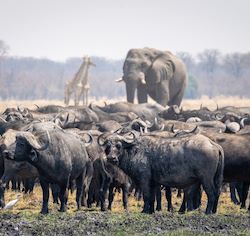
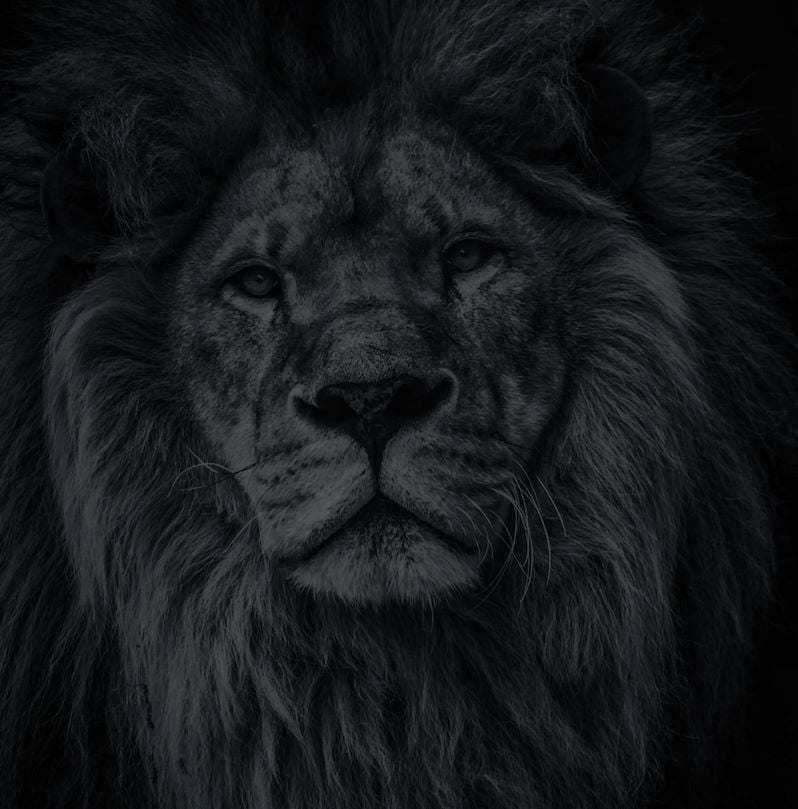
Let’s plan your next journey
Ready?
When we say we’re there every step of the way, we mean it, literally. From planning the perfect circuit, to private inter-camp transfers on Wilderness Air, and easing you through Customs. We’re with you on the ground, at your side, 24-7, from start to finish. Ready to take the road less travelled? Contact our Travel Designers to plan an unforgettable journey.